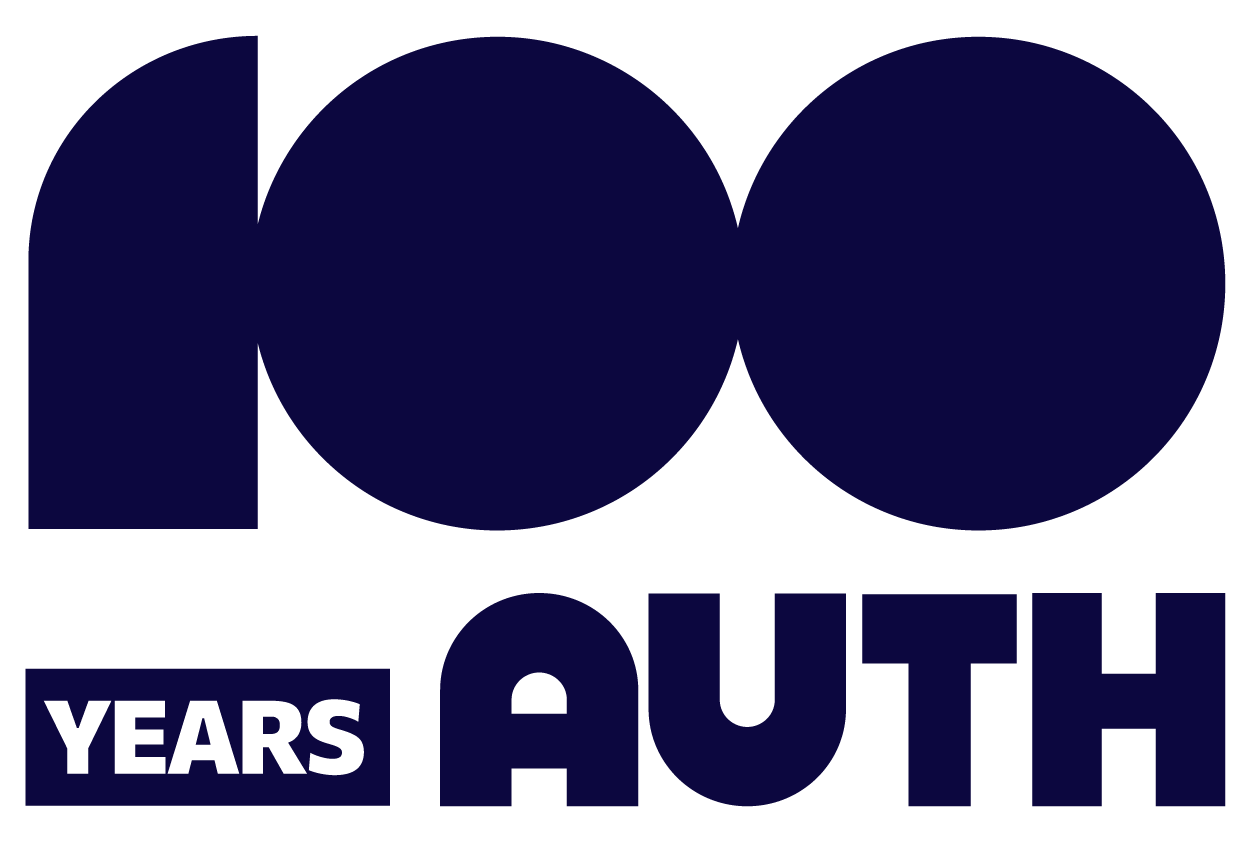
The course offers an introduction to Cognitive Linguistics. It aims to familiarize students with the basic principles and practical applications of Cognitive Linguistics.
In this framework, semantics occupies a prominent position. It deals with the description and analysis of conceptual structure and considers our ability to conceptualize and organize our thoughts in different ways, which are reflected in our linguistic expressions.
The basic tenets are:
Students are expexted to:
Prototype theory
Prototypes and categories
From Experience to Concepts to Language
Categories in Thought and Language
Extension of categories
Metaphor and Metonymy
Frames, Domains, Constructions
Cognitive Grammar
Modality, Aspect, Prepositions, …
Applied and Interdisciplinary Perspectives
Language teaching, Cultural studies, Lexicography
Assessment: Written exam
Study material
Selected chapters from:
Dąbrowska, E. & Divjak, D. (eds.). 2015. Handbook of Cognitive Linguistics. Berlin: De Gruyter Mouton.
Dancygier, B. (ed.). 2017. The Cambridge Handbook of Cognitive Linguistics. Cambridge: Cambridge University Press.
Evans V., & Green M. 2007. Cognitive Linguistics. An Introduction. Edinburgh: Edinburgh University Press.
Geeraerts, D. 2006. Cognitive Linguistics: Basic Readings. Mouton de Gruyter. Berlin, New York.
Geeraerts, D. & Cuyckens, H. (eds.) 2010. The Oxford Handbook of Cognitive Linguistics. Oxford: OUP.
Littlemore, J. & Taylor, J. R. (eds.). 2014. The Bloomsbury Companion to Cognitive Linguistics. London/New York: Bloomsbury,
Radden, G. & Dirven, R. 2007. Cognitive English Grammar. J. Benjamins Publishing Company.
Tyler, A. 2012. Cognitive Linguistics and Second Language Learning. New York: Routledge
Ungerer F., Schmid H.-J. 2006. An Introduction to Cognitive Linguistics. London: Routledge.